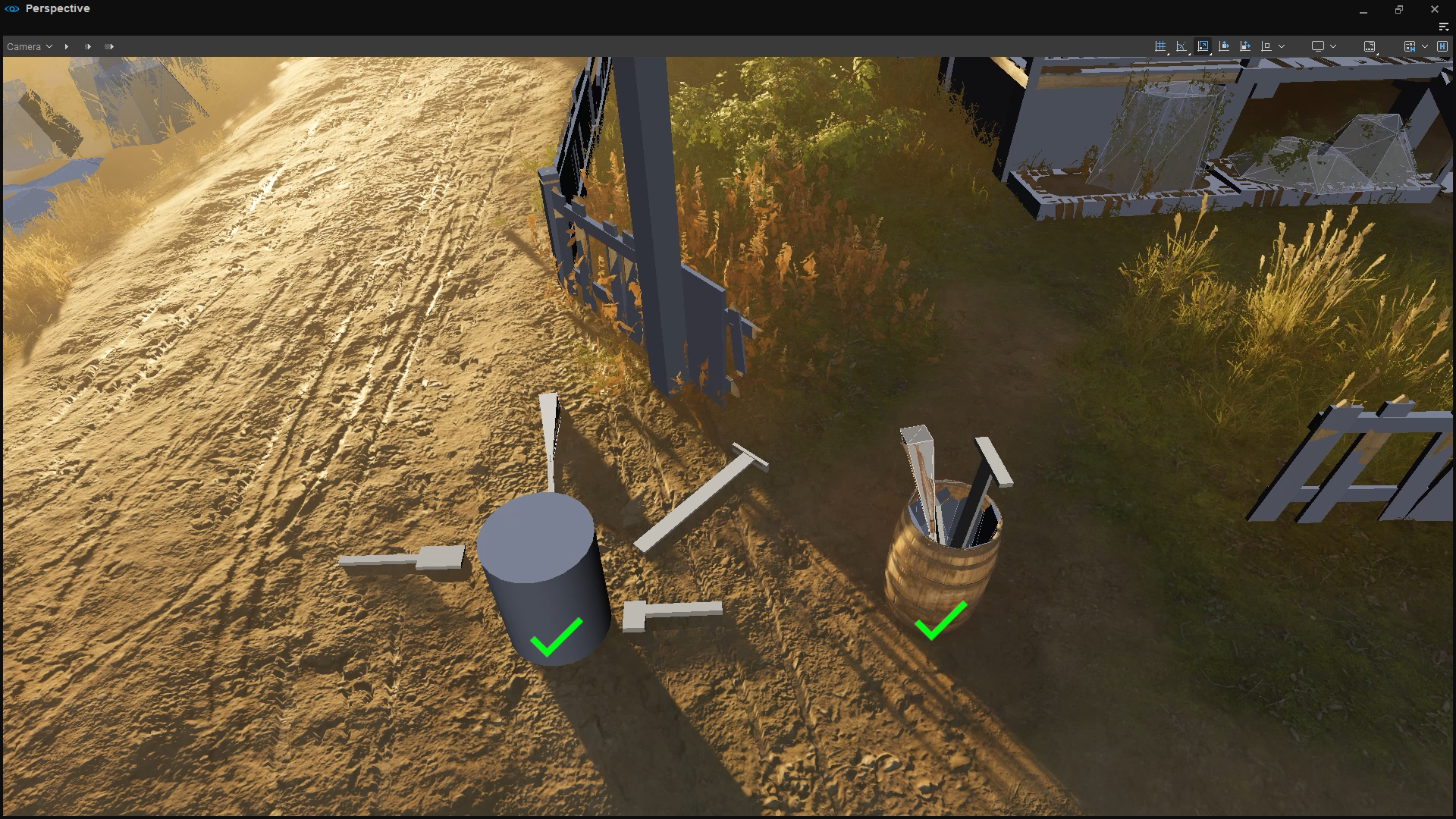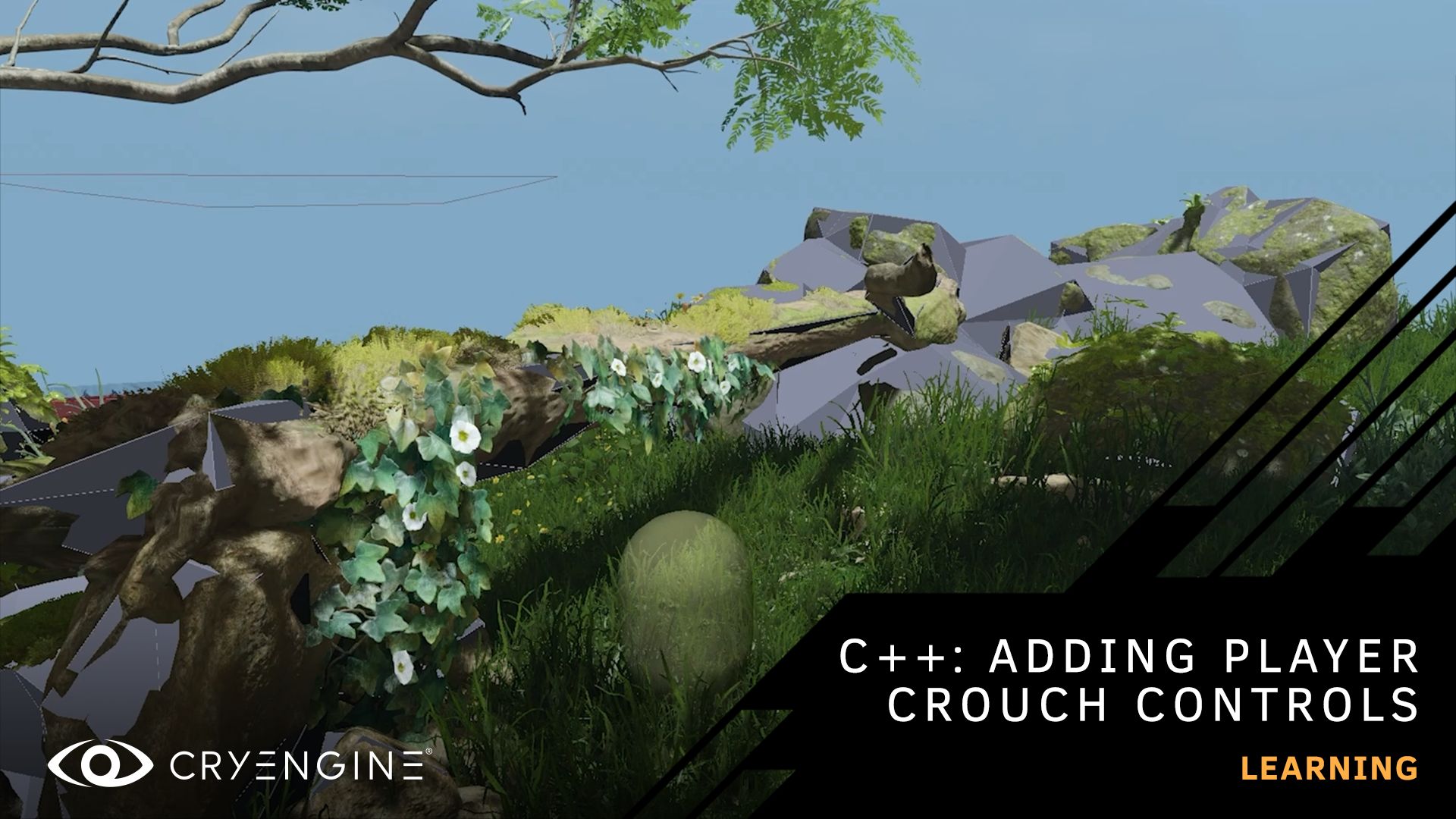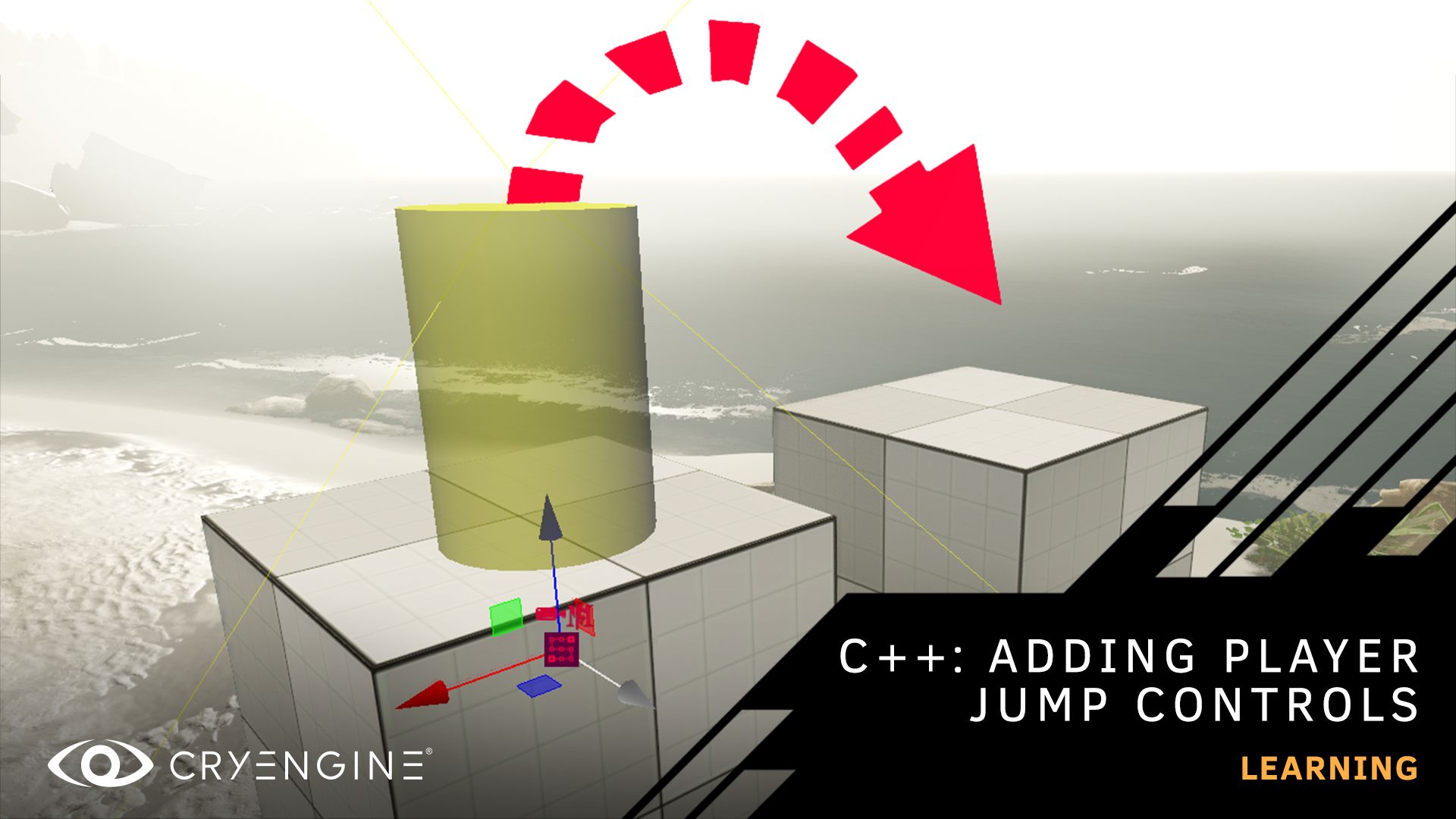
Art Asset Pipeline Tutorial: Collision Proxies Part 3
Check out part three of our art asset pipeline tutorial series - this time with Blender - hosted by Alin Alexa, Technical Support Specialist.
In this latest part of our Master Class tutorial series for Collision Proxies, Alin Alexa, one of our Technical Support Specialist, shows you the recommended way to setup and import Collision Proxies using the FBX pipeline in CRYENGINE using Blender. In this tutorial we explain a brief overview of the Collision Proxies used and give some detail surrounding the material and object hierarchy in Blender itself necessary to successfully import the these assets into the engine using the FBX Importer.

A collision proxy is a geometric model that is used for calculations in the physics module of CRYENGINE. This includes physical collisions, friction, and physical raycasts to name just a few. They also provide the opportunity to simplify the physical model compared to the rendered mesh to optimize for performance. By the end of the tutorial, you will be able to use Blender or other 3d modeling tools that support FBX to create physical collision proxies for your models, which you can import into CRYENGINE using your favored workflow.
Further information about setting up assets and exporting them from Blender into CRYENGINE can be found in our written documentation. If you want to learn how to create physical collision proxies using a 3DS Max workflow, check out the first tutorial in this series or perhaps if you prefer to use Autodesk Maya then check out the previous tutorial in this series.
To get the most out of this tutorial, you should be familiar with the basics of game development and using CRYENGINE. If you are completely new to CRYENGINE, we recommend that you download our beginner’s course or watch the tutorial on our YouTube channel.
Stay tuned to our usual channels for more tutorials, and don’t forget to subscribe to our YouTube channel. If you have suggestions for tutorials, let us know on the forum, or via Facebook and Twitter. You can ask questions, pick up tips and tricks, and more by joining our community and the CRYENGINE development team over on our official CRYENGINE Discord channel. If you find a bug in the engine, please report it directly on GitHub, which helps us to process the issue quickly and efficiently.
Are you looking for your next career move? At Crytek, we value diversity, and we actively encourage people from all kinds of backgrounds and experience levels to apply to our open positions, so join us over at LinkedIn and check out our careers page.



